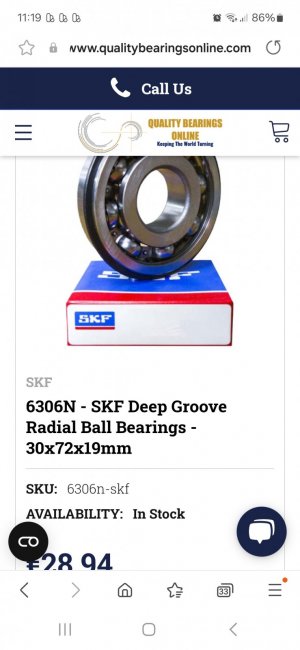Manual transmissions seemed simple before tearing into this. It all started when a fellow E9 enthusiast asked me if I wanted a bad transmission for parts. He had left the trans on a shelf for 15 or more years, as he learned if you don't spin it from time to time the gears dry out and rust deeming them useless.
I thought it would be fun to follow a manual and disassemble this thing. There are a few bearing races and gears that are pressed on with a significant amount of force, these require fairly specific tools I didn't have (typical pullers don't reach or fit these tight spots). I decided along the way to sacrifice 4 bearing races by cutting them off.
The case is in good shape and the synchro's look pretty good, consider all gears and shafts are not usable due to possible rust on critical surfaces.
Here is the end result for anyone wanting a good picture of how many parts fit in your expensive 265.
FYI- the assembled trans in back is impatiently waiting to go in my car.



I thought it would be fun to follow a manual and disassemble this thing. There are a few bearing races and gears that are pressed on with a significant amount of force, these require fairly specific tools I didn't have (typical pullers don't reach or fit these tight spots). I decided along the way to sacrifice 4 bearing races by cutting them off.
The case is in good shape and the synchro's look pretty good, consider all gears and shafts are not usable due to possible rust on critical surfaces.
Here is the end result for anyone wanting a good picture of how many parts fit in your expensive 265.
FYI- the assembled trans in back is impatiently waiting to go in my car.





